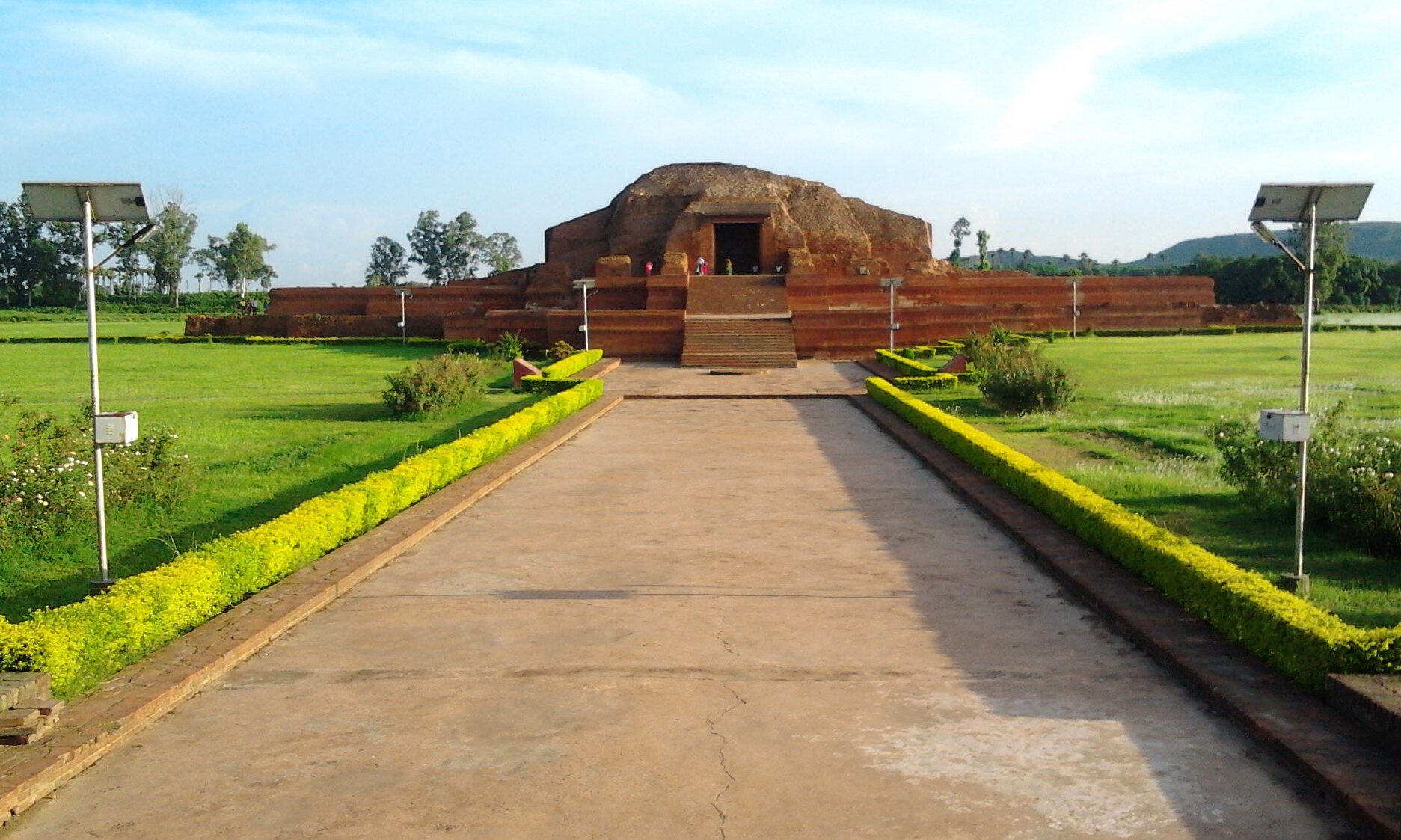Satsang Ashram is a holy place for devotees of Thakur Anukulchandra, in the south-west of Deoghar, established by Anukul Chandra. Thakur Anukulchandra was born on 14 September 1888. In a small village called Himaitpur in the Pabna district of the eastern zone of Bengal (the then undivided India) which is now in Bangladesh, lord came to save this world. He was born to Sri. Shibchandra Chakravarty (Shandilya Gotra, Kanyakubja Brahmin) and Manmohini Devi.
Anukulchandra was extremely mother centric, from his early life. His mother remained his guru throughout his life. He was lover of the mankind. Anukulchandra set up an Ashram at Pabna (later it was named Satsang). At Deoghar in India 1946 for fostering spiritual development a new Ashram had been set up by him. Eventually Satsang ashram at Deoghar became a major place of attraction in Deoghar fo all kind of people in the society.
Satsang Ashram is the headquarters of the Satsang movement started…



















